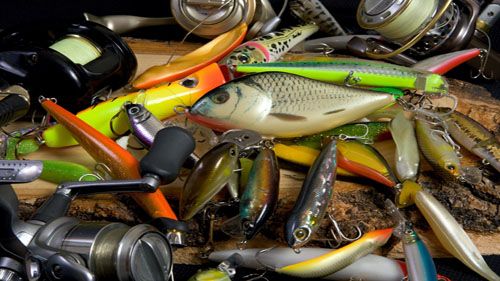
The Fishing Trip
Objectives
- Identify one's needs;
- Determine one's basic and secondary needs in terms of consumption;
- Differentiate wants from needs;
- Develop the reflex of researching a purchase before deciding to buy.
Description
Students come to understand what characterizes a need. They are then encouraged to discover how goods and services can help them meet these needs. The fishing trip that Dominic and Stephen missed out on enables students to distinguish between essential and non-essential items. To assimilate what they have learned, students are asked to divide the items in their pencil case into two categories: items essential and not essential to their learning need.
Equipment
- A Fishing Trip Goes Splash document.
Introduction
Before beginning the activity, make sure students know the difference between a good and a service and that they understand that we are consumers of services as well as goods. Explain to students that a good is a material item they can use (e.g., a television set) while a service is help given in exchange for payment (e.g., plumbing services).
Ask students whether they can define a need. As an example, explain that plants need air, water, food, and sun to survive and thrive, or that dogs need air, water, food, exercise, and affection to grow up healthy.
Ask students to think about what would happen if a plant runs out of water, food, and sun. What would happen if the plant had too much of these? How would the situation be different with a dog?
Ask students whether they think a human being's needs are the same as those of a plant or a dog. What needs do they share? How are their needs different?
Explanations
Work with students to come up with a list of what kids their age need to stay healthy; for example, air, water, food, clothing, housing, affection, safety, education, etc.
Explain that these needs can be met in several ways. For every need identified, ask the students to name the goods or people who provide a service to meet that need.
Mention that people sometimes own more goods than they really need. For example, explain that the body does not require more food than its caloric and nutritional requirements, that our weather does not require more clothing than necessary, and so on.
Ask students what people do with the goods they own but are not essential to meeting their needs. Explain that unnecessary food, clothing, or objects often end up in the landfill.
Instructions
Ask students if they have ever gone fishing or camping.
Ask them what things are necessary for these activities. Write their answers on the board.
Divide the class into teams of three students. Next, give each team the document titled A Fishing Trip Goes Splash, which explains now Dominic and Stephen missed out on their trip.
Ask the teams to look at the drawings carefully. What are Dominic and Stephen doing? What are they carrying in their backpacks? Where are they headed?
Ask students the following question: “Why did Dominic and Stephen never make it to the lake for their fishing expedition?”
Explain to students that Stephen's backpack contained much more than he really needed: the bag was so heavy he couldn't carry it. The boys had to turn back.
Now ask the teams to strike off any items unnecessary for a fishing trip from the list in A Fishing Trip Goes Splash.
Bring the class together again and have teams share their answers. Finally, ask students whether they think Stephen would have been able to continue on his way to the lake had he brought only the necessary items.
Conclusion
To check whether students have properly understood the concept of essential needs, ask students to take out their pencil case and to empty it on their desk. Explain that the items inside the pencil case usually meet their need to learn, as they are intended to support the students in their education.
Help students realize that some of these items are unrelated, or only partly related, to this need. For example, contrast a basic eraser with a scented, animal-shaped one.
Ask students to place all the items they consider essential to their learning needs on one side of the desk and to place all other items (the non-essential ones) on the other side of the desk. To help them distinguish between these two categories, remind them that Stephen only needed what was useful for a fishing trip. That means everything else was non-essential.
Go over what the students have learned about the concepts of essential and non-essential goods.












